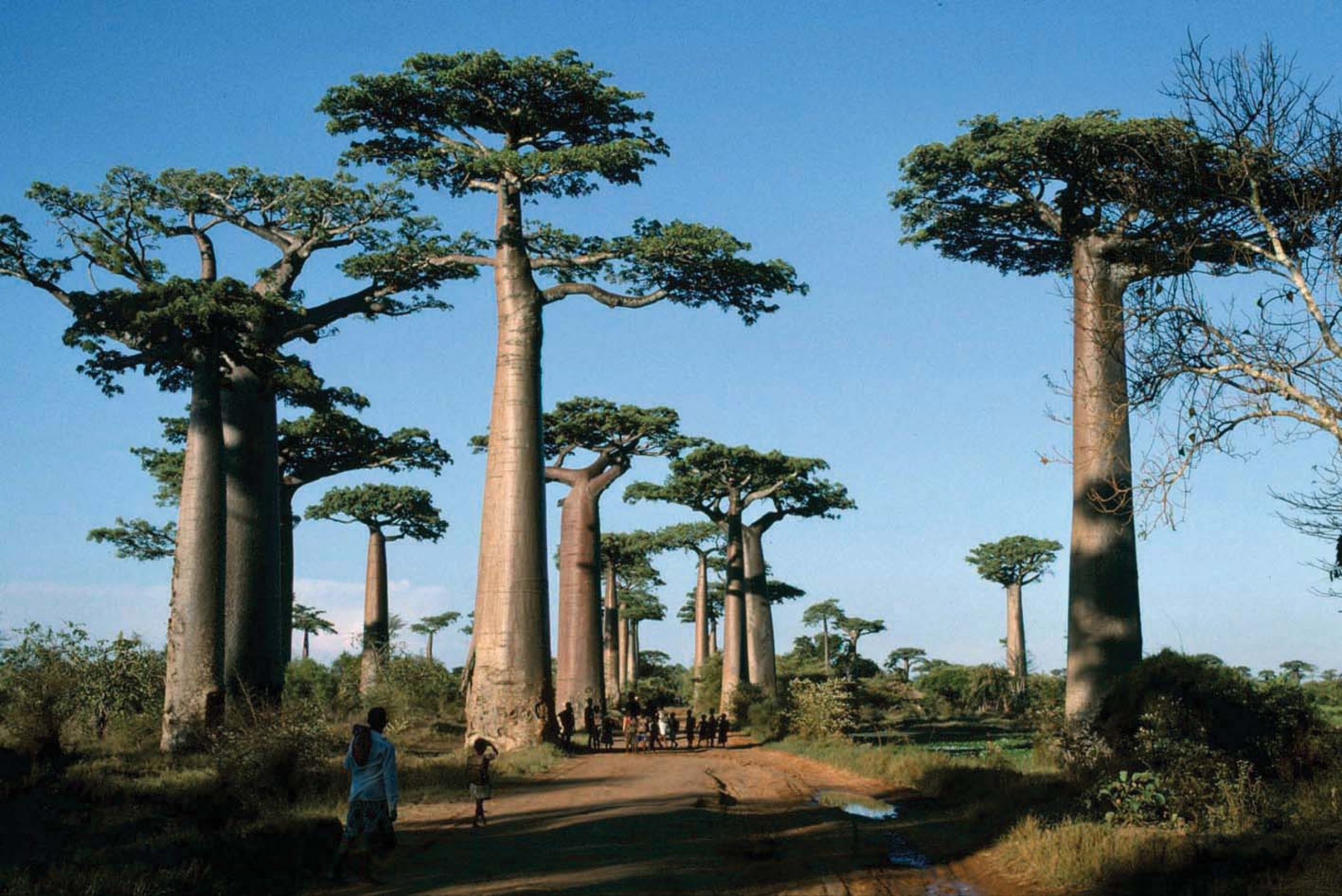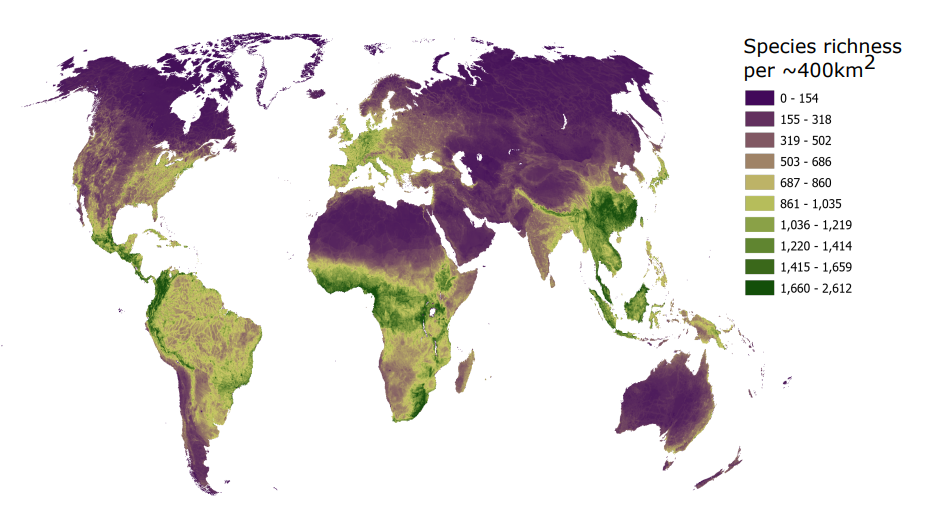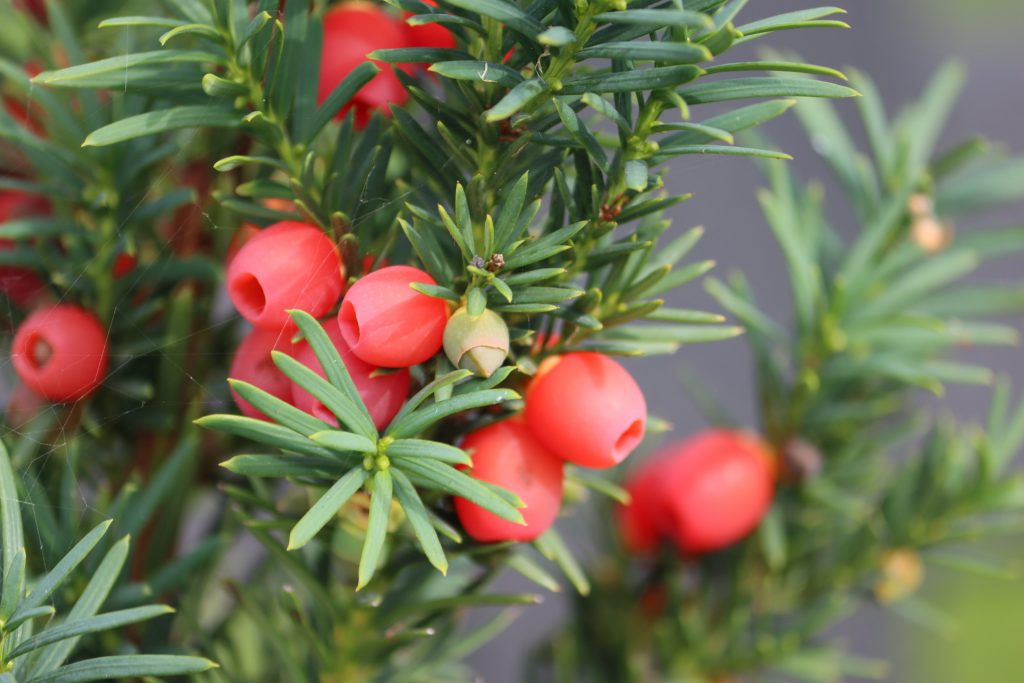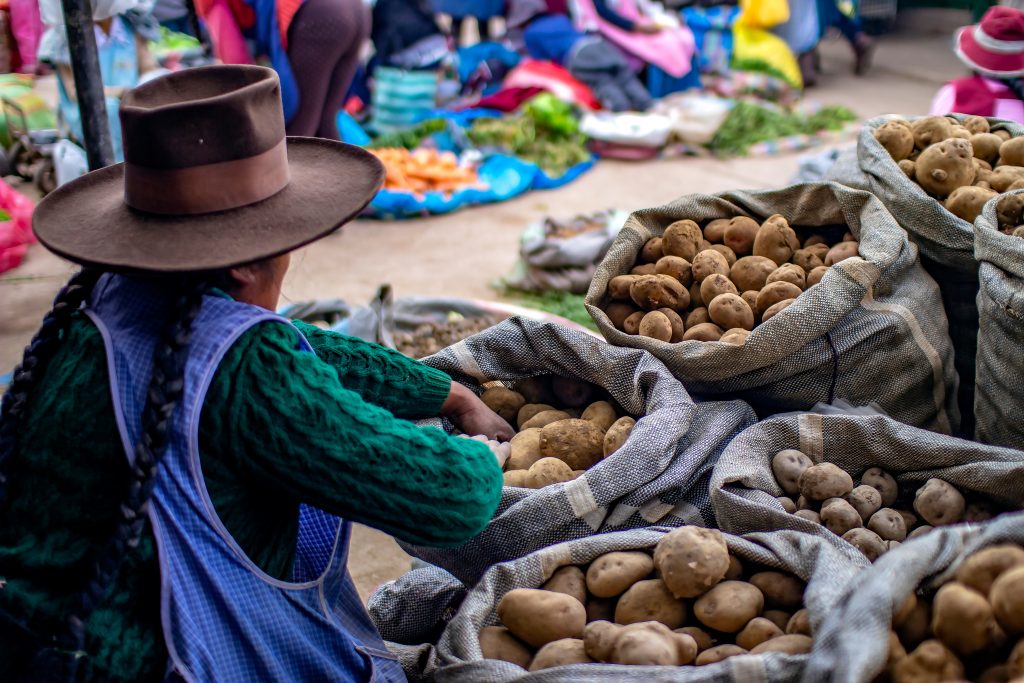News
Plants and their contributions to people are insufficiently protected globally

News | Jan 2024
In ground-breaking research published in the journal Science today, scientists at the UN Environment Programme World Conservation Monitoring Centre (UNEP-WCMC) and the Royal Botanic Gardens (RBG), Kew, reveal the global distribution of more than 35,000 plant species used by people.
Analysis of the first-ever global map of the diversity and rarity of plant species with documented uses by people has found that:

Plants make life possible and have enabled humanity to develop and thrive. As well as feeding humans and livestock, providing vital medicines, fuel and materials for clothing and infrastructure, plant diversity can provide solutions to current and future global problems, such as hunger, diseases and climate change.
However, to-date there has been little empirical evidence on how many and which plant species are used by people, and where they are found globally. This information is important to support policymaking to conserve plants and the services they provide.
The Kunming-Montreal Global Biodiversity Framework (GBF), or Biodiversity Plan, and the Intergovernmental Science-Policy Platform on Biodiversity and Ecosystem Services (IPBES)’s assessment on the sustainable use of wild species both call for the interaction between people and nature to be better integrated into conservation strategies.
To do this, it is essential to document and understand the diversity and distribution of plant species used by humans.
The research from experts at UNEP-WCMC and RBG, Kew, together with a group of academic partners including the universities of Oxford and Gothenburg, for the first time quantifies and models the global distribution of plants used by humans.
The team investigated the distribution of 35,687 plant species with documented uses by people, spanning 10 categories, including human food and animal fodder, materials, fuels and medicines. These ranged from widely cultivated crops to rare plants harvested from the wild. The analysis used more than 11 million observations of plant species recorded by botanists from around the world and cutting-edge machine-learning algorithms to predict the geographic distribution of utilised plant species and their rarity.
The research identified Central America, the tropical Andes, the Gulf of Guinea, Southern Africa, the Himalayas, South-East Asia, and New Guinea as exceptional centres of rare and diverse utilised plant species.
Research needs to inform conservation strategies
Despite the global protected area network covering 16 per cent of the Earth’s land and inland water areas, the modelling shows that there is a higher probability that plants used by people – particularly rare species – will occur outside protected areas than within them. This is particularly noticeable in important ecological areas across the Americas, Southern Africa, Southeast Asia and Australia.
The research also found that a disproportionate number of utilised plant species occur in many Indigenous territories across Central America, the Horn of Africa, South and South-East Asia, however at a global scale, Indigenous territories do not contain higher concentrations of plants with documented uses. The Indigenous areas containing exceptionally high utilised plant diversity should be considered priorities for both the conservation of nature and the protection of traditional knowledge.
While governments around the world have now committed to protect 30 per cent of the Earth by 2030 (in Target 3 of the GBF, or Biodiversity Plan), questions remain around how new protected areas will guarantee the long-term preservation of plant diversity and its contributions to people.
The results point to an urgent need to find ways to protect biodiversity while also preserving people’s subsistence, wellbeing and traditional knowledge. Conservation planning needs to better consider plant diversity and its contributions to people in future area-based conservation planning, especially under the ambitious Target 3 of the GBF to increase protected and conserved areas to cover 30 per cent of the world’s land, inland waters, and oceans by 2030.
Our study shows that by protecting areas with high plant diversity, not only do we protect nature for its intrinsic value, but also for the future of humanity on the planet. All sectors of society now need to come together and develop mechanisms that will preserve plant diversity in the long term, on a global to local scale, while guaranteeing sustainable, fair and equitable access to resources by people.
Dr Samuel Pironon, Senior Modelling Scientist at UNEP-WCMC and Research Leader at RBG Kew
Our research is a crucial starting point to better understand the tremendous diversity of plants used by people, their cultural importance and distribution across the world. It raises many questions that warrant further study to better inform policies and guide actions on the ground. Many of the plants that are used by people have not been scientifically described yet, but it’s important that we understand their link to society and preserve these species as the common heritage of humankind.
Ian Ondo, Programme Officer at UNEP-WCMC and Senior Spatial Analyst at RBG Kew
Threatened plants that are important to people
An earlier assessment of the International Union for Conservation (IUCN) of Nature Red List of Threatened Species found that out of 2,800 utilised plant species, over one in three was considered at risk of global extinction.
Examples of threatened plants that people use are:
Giant baobab (Adansonia grandidieri)

Endemic to Madagascar, the giant baobab tree is used in multiple ways by people:
- Its fruit is popular due to its high energy and taste
- Its bark is used in traditional medicine to treat hypocalcemia
- Bark fibres are used to make ropes for the walls and roofs of houses; traditional boxes, baskets and mats; and in cosmetics
The giant baobab is Endangered according to the IUCN Red List of Threatened Species and is threatened by deforestation, grazing by livestock and overexploitation.
East Himalayan yew (Taxus wallichiana)

Found across Asia, the leaves and bark of this tree are used to produce the anticancer drug paclitaxel and other chemicals.
It is Endangered according to the IUCN Red List of Threatened Species, with declines of up to 90 per cent reported in India and Nepal, and 50 per cent in China. It is threatened by deforestation, land conversion and overexploitation.
Potato wild relatives (Solanum spp.)

Nearly one in four wild potato species are threatened with extinction in their natural environment in the Americas according to the IUCN Red List of Threatened Species. Crop wild relatives are essential sources of genetic diversity for crop improvement and food security. Many of these species may be resistant to pests, diseases and extreme weather, and could represent adaptive solutions for agriculture under future climate change.
Have a query?
Contact us
communications@unep-wcmc.org
